Computing
We are passionate about providing all of our children with the skills, creativity and enthusiasm to live and thrive in a world that is increasingly dependent on technology. We feel that it is essential that all children develop the confidence, skills and knowledge that they need, to prepare them for the challenge of a rapidly developing and changing technological world.
We feel that it is essential that all children are equipped to operate in a rapidly changing workplace and to be prepared for the career opportunities that will be open to them. We aim to model and educate our pupils on how to use technology positively, responsibly and safely. We want our pupils to understand that there is always a choice with using technology and as a school we utilise technology (including social media) to model positive use. Our aim is that children become ‘digitally literate’ – able to use, and express themselves and develop their ideas through, information and communication technology.
We strive to provide computing opportunities throughout a range of subjects to challenge and inspire children of all abilities. We have an abundance of technological resources including desktop computers, laptops, tablets and visualisers. Every classroom has an interactive smart TV. Children use these to access educational websites to practice maths skills, literacy skills and for research purposes. We offer computing related after school clubs throughout the year including Scratch Jr coding club and Lego club.
At Shankhill School, we aim to ensure that our children:
- can understand and apply the fundamental principles and concepts of computer science, including abstraction, logic, algorithms and data representation
- can analyse problems in computational terms, and have repeated practical experience of writing computer programs in order to solve such problems
- can evaluate and apply information technology, including new or unfamiliar technologies, analytically to solve problems
- are responsible, competent, confident and creative users of information and communication technology
In EYFS, children learn to recognise that a range of technology is used in places such as homes and schools. They will learn to be able to select and use technology for particular purposes. EYFS have access to a range of physical computing resources including Beebots, tablets, cameras and smart TV screen. Recording devices can help children develop their communication skills.
In KS1 children will further develop their computing knowledge through more structured lessons.
- Understand what algorithms are, how they are implemented as programs on digital devices, and that programs execute by following a sequence of instructions.
- Write and test simple programs.
- Organise, store, manipulate and retrieve data in a range of digital formats.
- Communicate safely and respectfully online, keeping personal information private, and recognise common uses of information technology beyond school.
In KS2 children will:
- Design and write programs that accomplish specific goals, including controlling or simulating physical systems; solve problems by decomposing them into smaller parts.
- Describe how Internet search engines find and store data; use search engines effectively; be discerning in evaluating digital content; respect individuals and intellectual property; use technology responsibly, securely and safely.
- Use sequence, selection and repetition in programs; work with variables and various forms of input and output; generate appropriate inputs and predicted outputs to test programs.
- Select, use and combine a variety of software (including internet services) on a range of digital devices to accomplish given goals, including collecting, analysing, evaluating and presenting data and information.
- Use logical reasoning to explain how a simple algorithm works and to detect and correct errors in algorithms and programs.
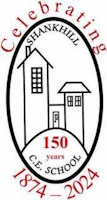


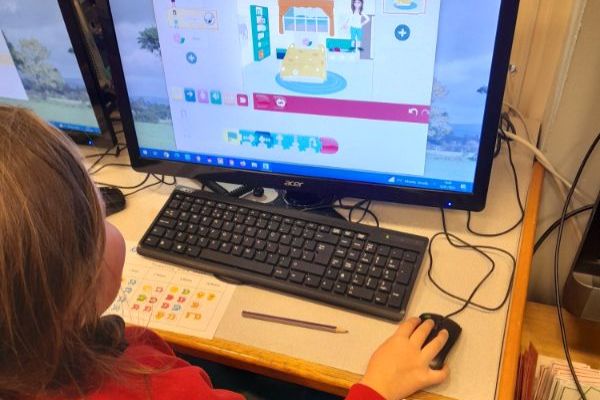
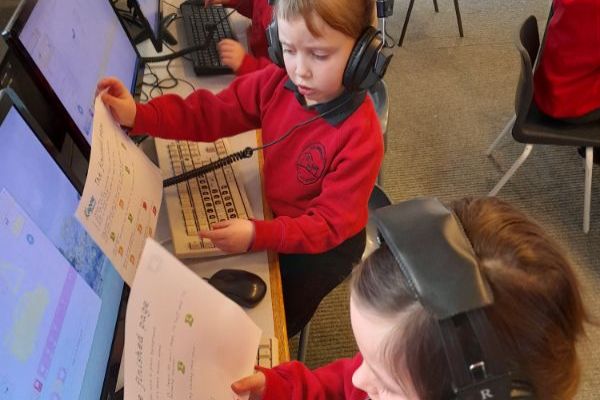
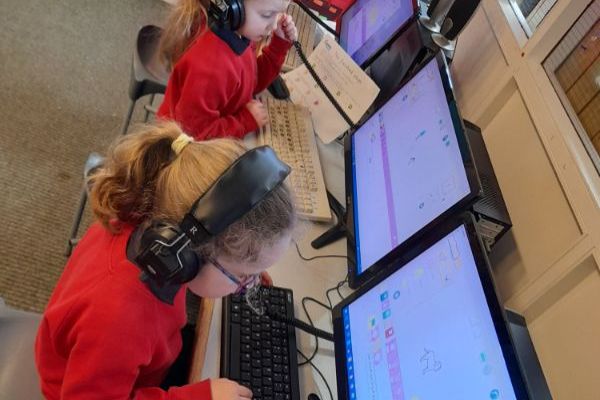
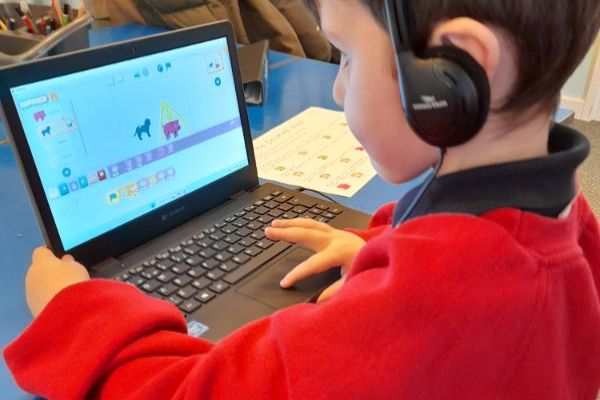
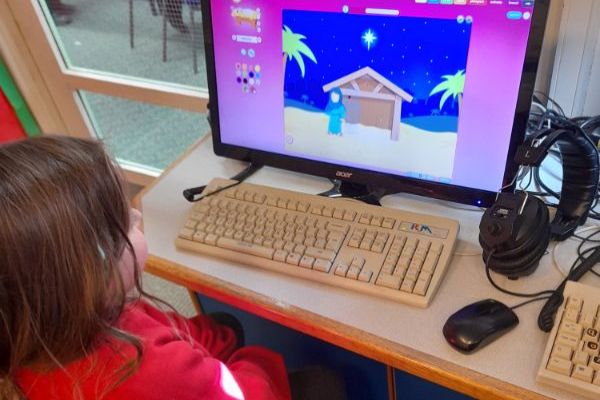
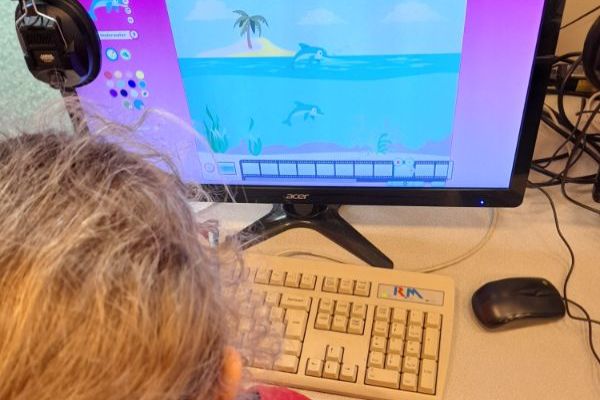
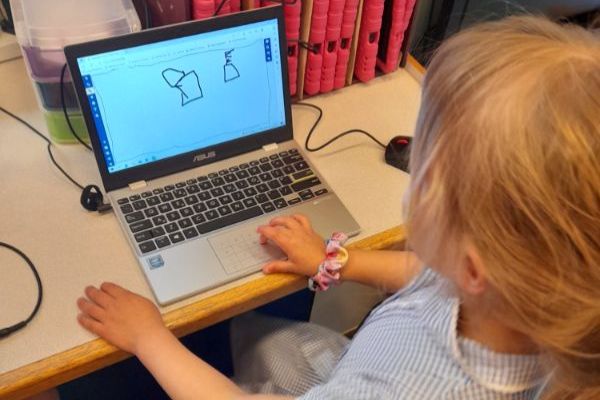
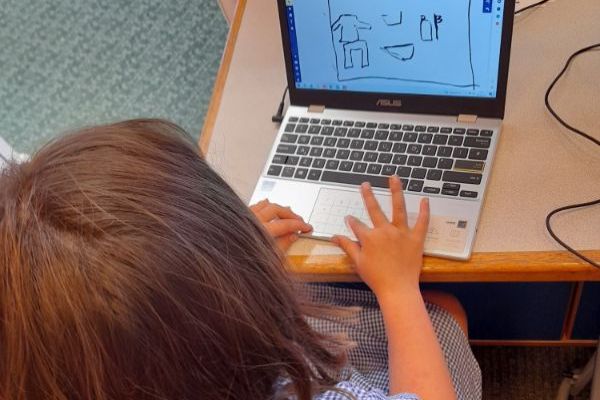
 Computing Policy
Computing Policy